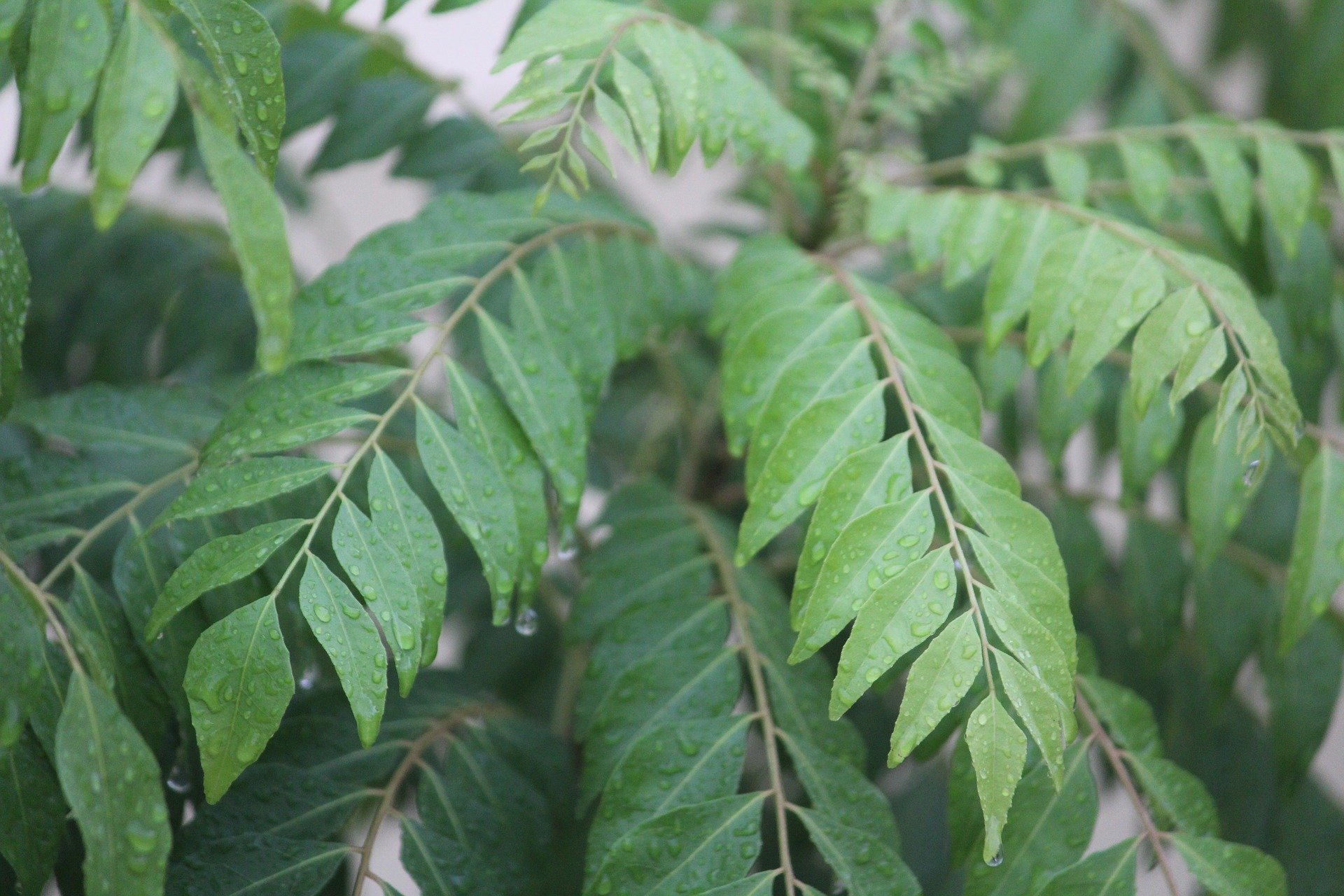
Curry Leaves Plant How To Grow & Care To Get Abundant Foliage?
3 min read The curry tree, a unique citrus tree native to regions of India and Sri Lanka, has become almost synonymous with Indian cuisine. As a member of the citrus family, curry leaves have.
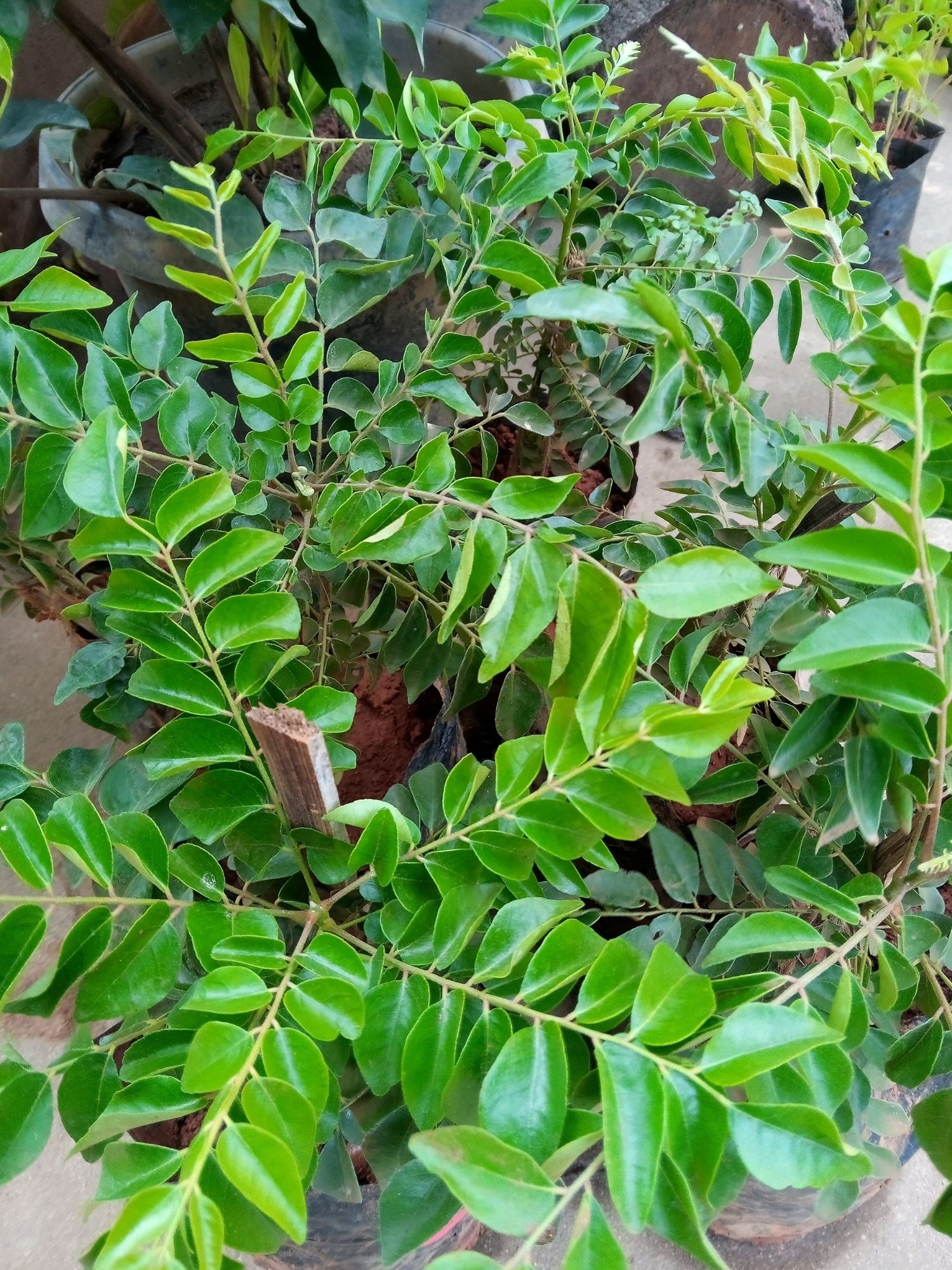
curry leaves Green Orchid Nursery & Garden Center
From Cuttings. In the spring, cut a three to six-inch piece of stem that has at least three sets of leaves from a mature, healthy plant. Clip the branch as close as possible to the main stem and then cut the base at a 45-degree angle. Remove the lowest set of leaves and dip the bottom in rooting hormone powder.

15 Amazing Benefits of Curry Leaves Natural Food Series
Sow the curry leaf seeds in the moist potting mix, spacing them about 2 inches apart. Cover the seed pots with plastic wrap or a clear lid to create a mini greenhouse effect away from direct sunlight or full sun. This will help to keep the mix moist and encourage germination.

Curry Leaves A Truly Indian Spice
Updated on 03/07/23 Reviewed by Andrew Hughes In This Article Care Types Pruning Propagating Growing from Seeds Growing in Pots Overwintering Common Pests Common Issues FAQ Native to India, the fast-growing curry tree is a small evergreen bush or tree that can reach anywhere from six to 20 feet tall.
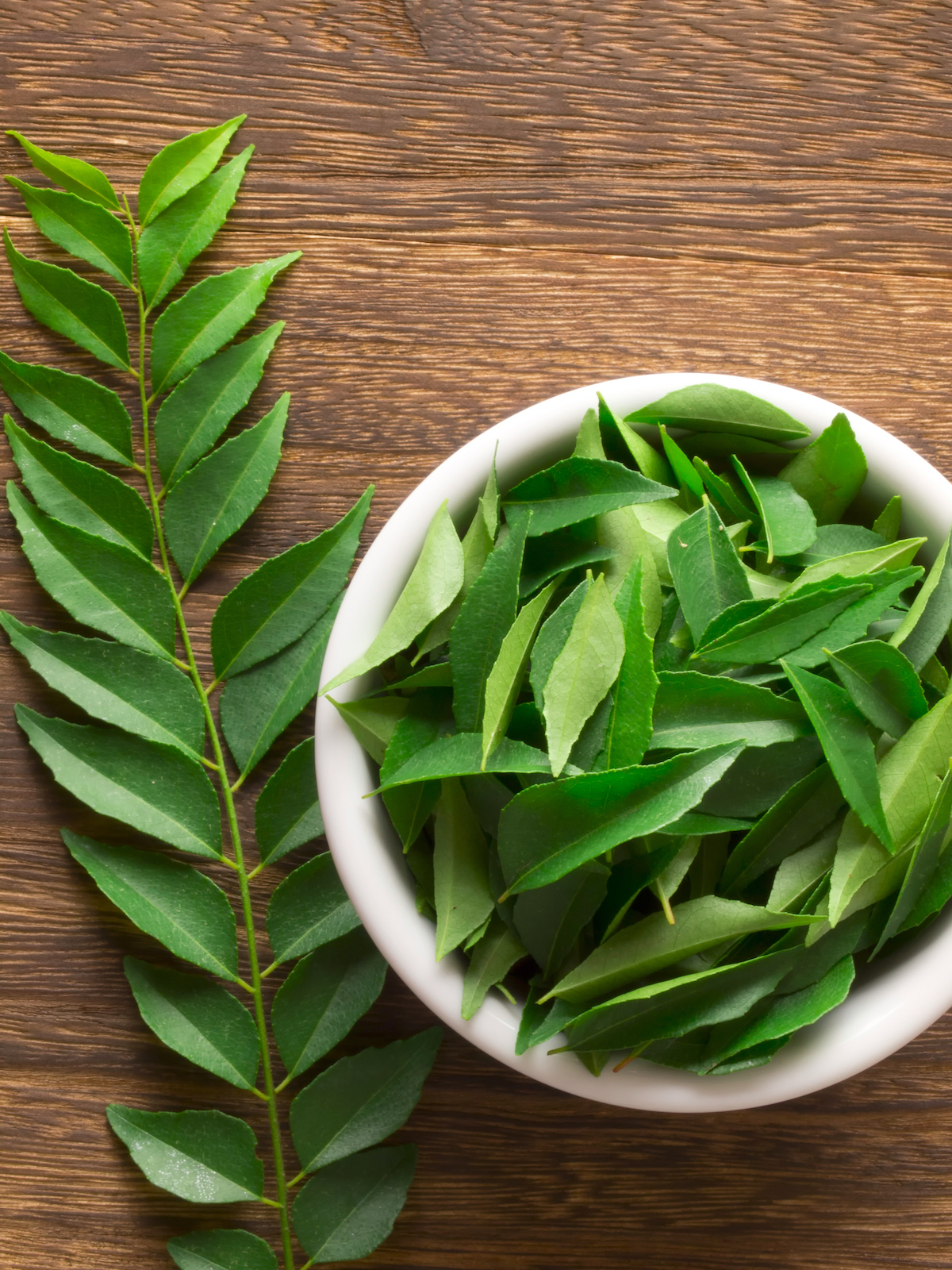
Feuilles de curry aromatiques et parfumées
Sun Requirements Curry leaf plants require plenty of sunlight to thrive and prefer heat to cool conditions, but young plants should be kept out of direct sunlight to prevent the burning of leaves. Soil Requirements Plant your curry leaf plant in an area with well-draining soil. Aim for a pH between 6.0-7.0.

Top Benefits Curry Leaf (Kariveppila) Sweet Neem Leaves
31 What's ahead in 2024? Cookie cutters can reveal a lot about what's on people's minds, as one American company has learned, to its profit. A creamy, melty potato casserole is one of Sweden's.
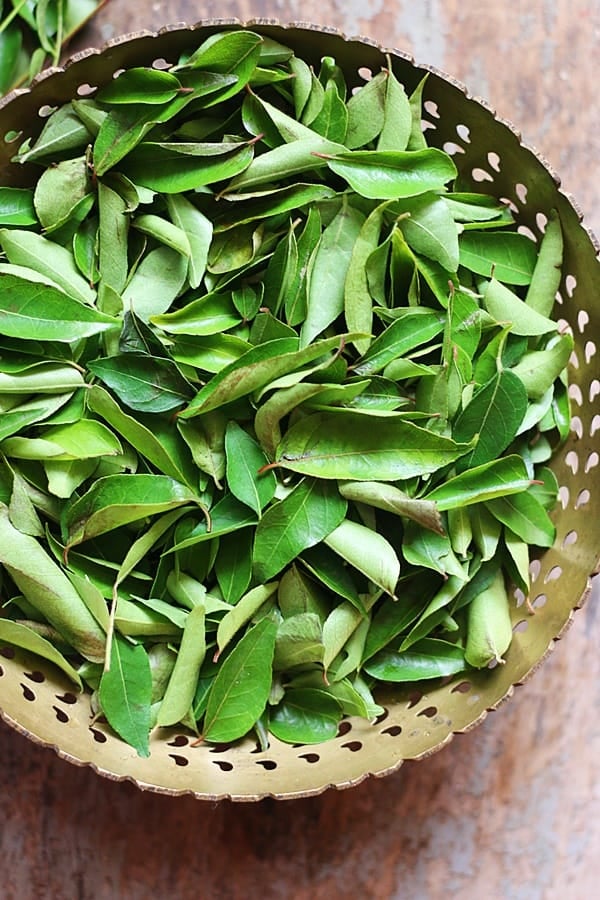
Curry leaves How To Buy, Store & Use Cook Click N Devour!!!
Curry leaves are rich in protective plant substances, such as alkaloids, glycosides, and phenolic compounds, that give this fragrant herb potent health benefits. Research has shown that curry.

Curry leaf (Sweet Neem) Properties, Benefits, Hair, Skin,Uses
Curry leaves have been traditionally used in Ayurvedic medicine to treat digestive issues, such as indigestion, constipation and diarrhea. They aid digestion by stimulating digestive enzymes and improving overall gut health. Traditionally, the leaves are boiled in water and then consumed. 4. Blood Sugar Regulation.

Wonders of Curry Leaves you must know Malaysia Health Family medicine and Healthcare
What are curry leaves? Native to India (and totally unrelated to curry powder) curry leaves are glossy, pointy, almond-shaped pinnate leaves with a complex citrus flavor often described.
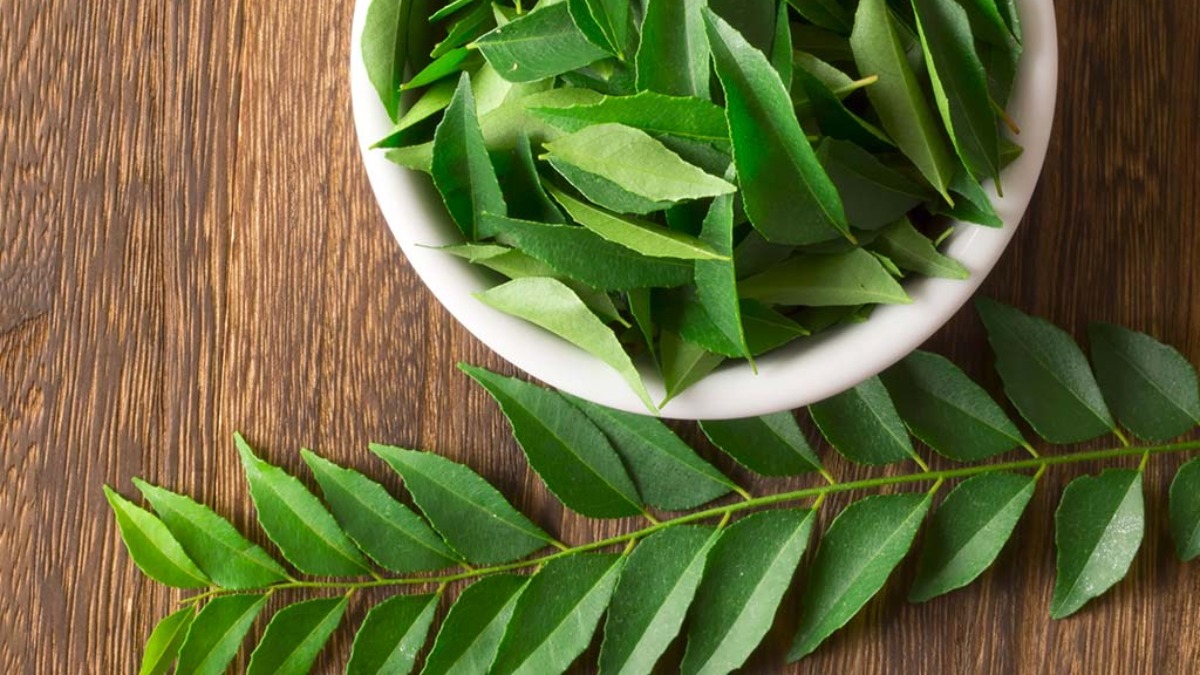
Weight loss to hair growth, 5 hidden benefits of Curry leaves that will leave you amazed
Ingredients Makes about 6 cups 1 6" piece ginger, peeled, coarsely chopped 10 garlic cloves, coarsely chopped 6 Tbsp. (or more) grapeseed oil or vegetable oil 2 tsp. brown mustard seeds 6-8 fresh.
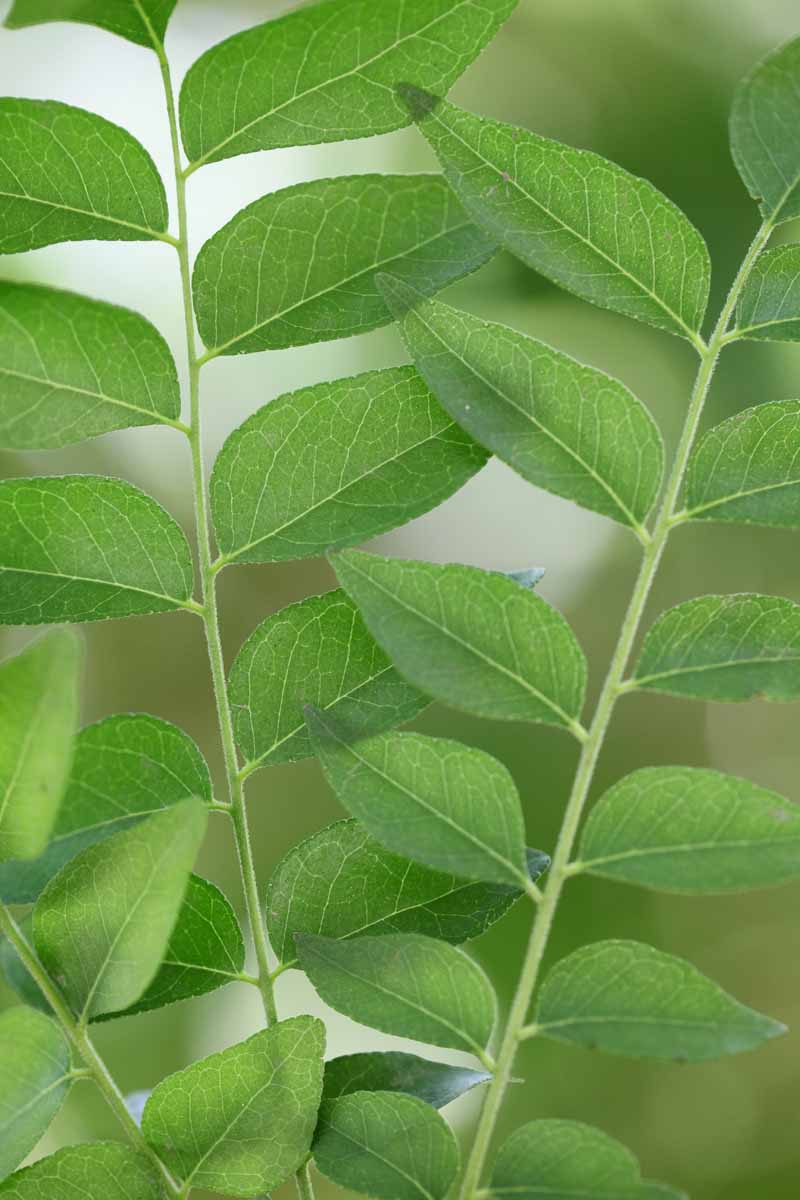
How to Grow Curry Leaf Trees Gardener’s Path
When using frozen curry leaves, RobertaJ uses the spine of her chef's knife to "bruise" them a bit first. Panfusine offers up a simple relish recipe: "1 cup curry leaves, 1/4 cup fresh ginger, juice of 1 lime, toasted cumin, 2 green chiles (adjust as per taste), and salt to taste—process these in a food processor until smooth."
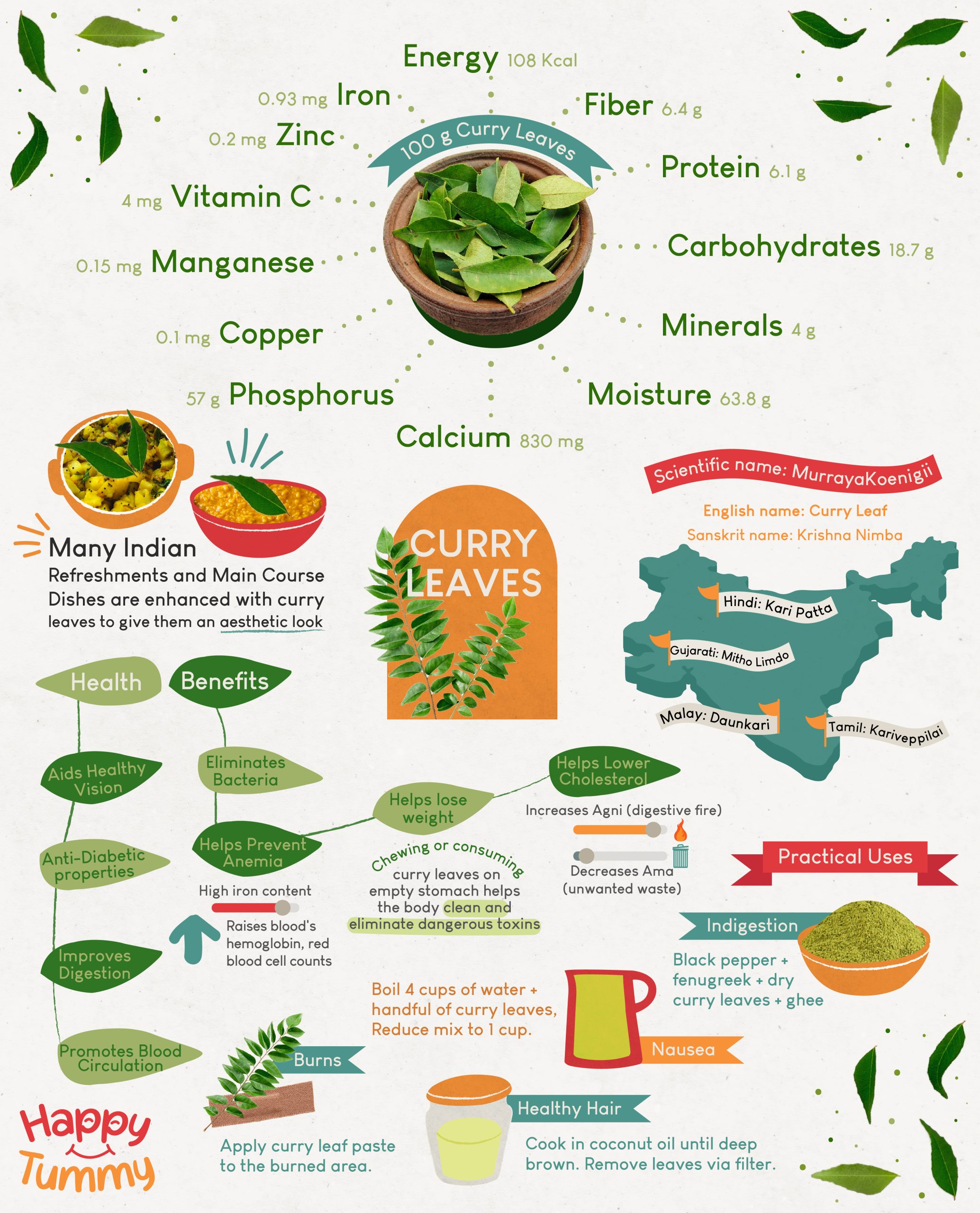
Top 10 Health Benefits of Curry Leaves You Didn't Know Happytummy
Curry leaves are from the subtropical sweet neem (Murraya koenigii) tree. The sweet neem tree is native to the foothills of the Himalayas. The Tamil name for curry leaves literally translates to "leaf used to make curry.". The usage of curry leaves in Indian and Sri Lankan cooking stretches all the way back into the region's ancient history.
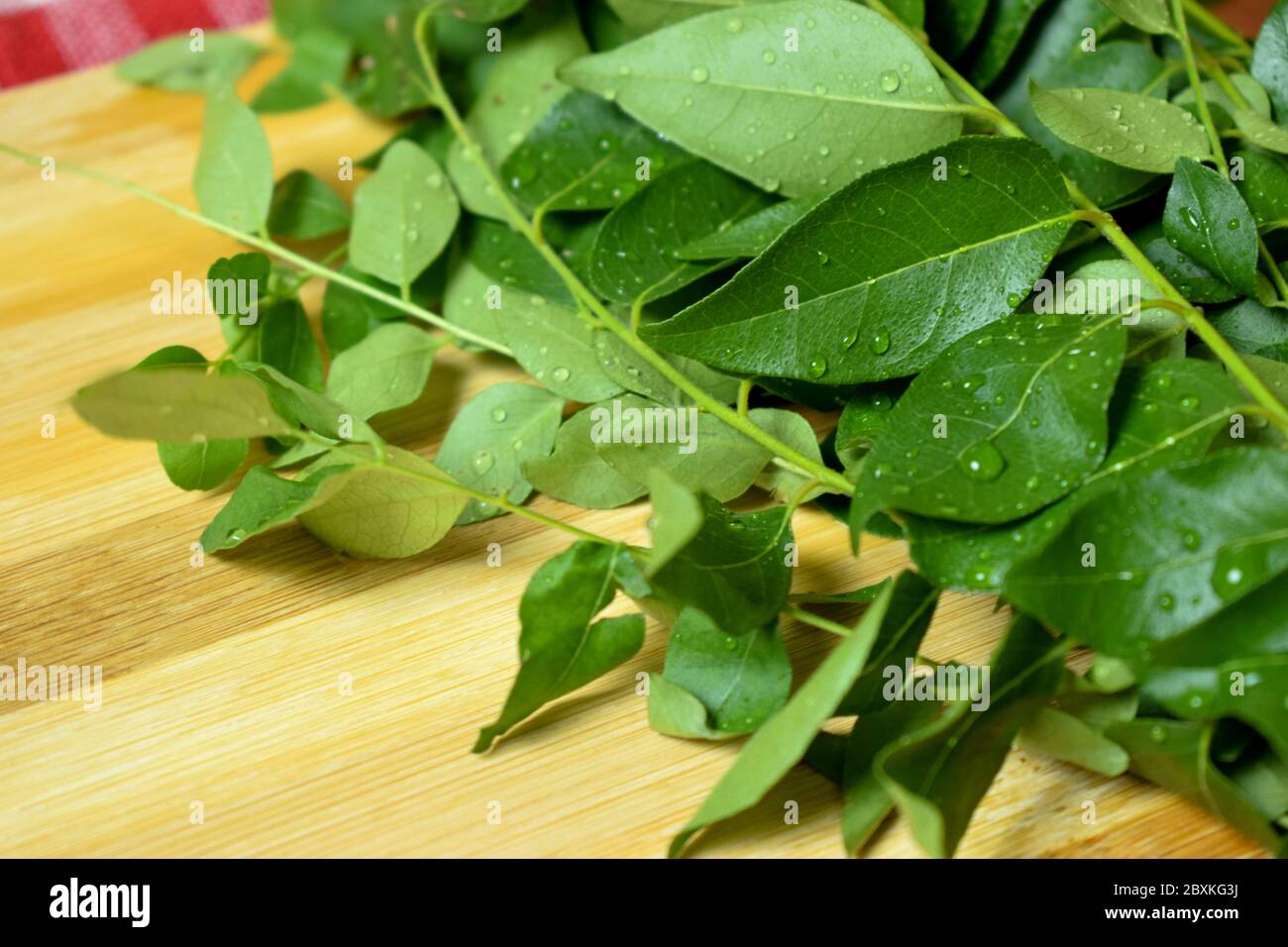
Bunch of Fresh Indian Curry Leaves / Curry Leaf on Wooden Background Stock Photo Alamy
Curry leaves are loaded with carbazole alkaloids, compounds that have antioxidant, antibacterial, anti-inflammatory, and even anti-cancer properties. The compound linolool, primarily responsible for the flowery scent of curry leaves, is also capable of killing bacteria and eliminating cell-damaging free radicals. 2 2.
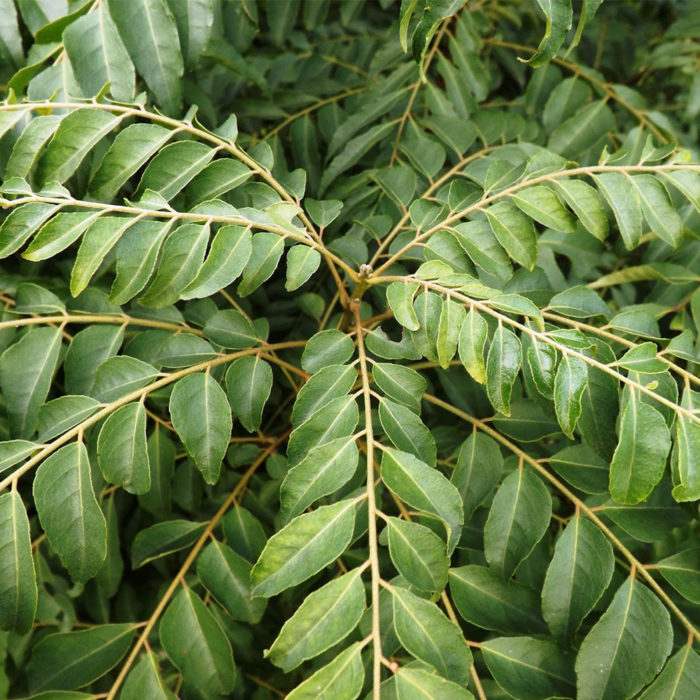
Curry Leaf (Murraya koenigii) Tooth Mountain Nursery
Uses of Curry Leaves. Curry leaves are a rich source of vitamin A, vitamin B, vitamin C, vitamin B2, calcium, and iron, apart from a heavy distinctive odor and pungent taste. It helps in the treatment of dysentery, diarrhea, diabetes, morning sickness, and nausea by adding curry leaves to your meals. Often, curry leaves help flush out toxins.
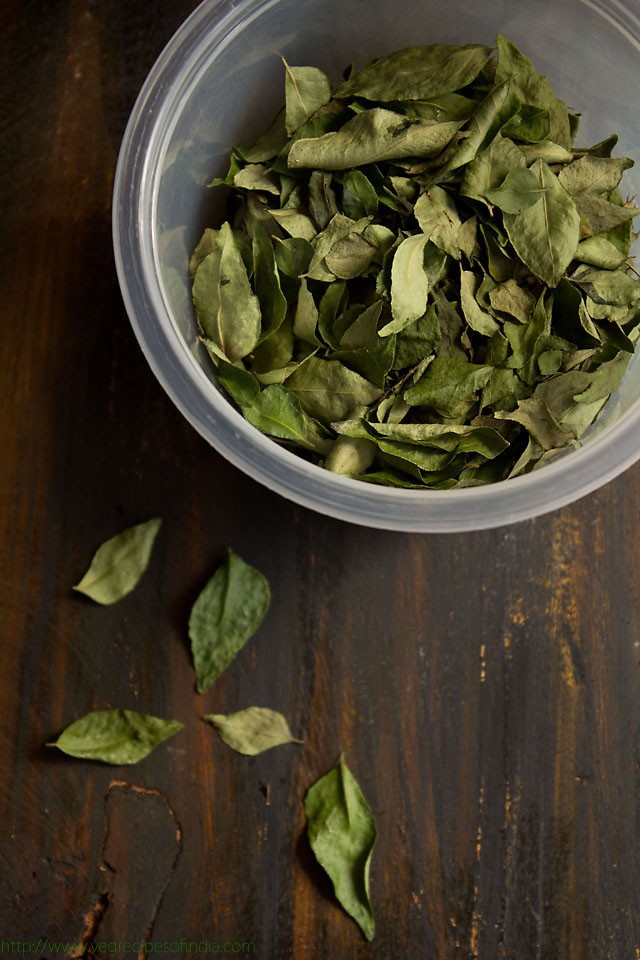
preserving curry leaves, how to preserve curry leaves or kadi patta
Description The small flowers are white and fragrant. A macro image of a curry leaf Ripe and unripe fruits It is a small tree, growing 4-6 metres (13-20 ft)) tall, with a trunk up to 40 cm (16 in) in diameter. The aromatic leaves are pinnate, with 11-21 leaflets, each leaflet 2-4 cm ( 3⁄4 - 11⁄2 in) long and 1-2 cm ( 1⁄2 - 3⁄4 in) broad.

Curry Leaf (Murraya koenigii) Live Plant Culinary Herb Sow Exotic
🌿What are Curry Leaves? Also known as Murraya koenigii (scientific name), sweet neem leaves, Daun Kari (Malay), Curry Bush, Karapincha, Karwa Pale, Garupillai, Kerupulai, 咖哩叶, 调料九里香, 麻绞叶 or kariveppilai (Tamil), fresh curry leaves are a very fragrant herb.